Inhale Change: The Transformative Power of Breath in Yoga Workouts
Chosen theme: Transformative Power of Breath in Yoga Workouts. Step into a practice where every inhale creates space and every exhale builds steadiness. Subscribe, share your experiences, and let your breath lead a more focused, resilient, and compassionate yoga journey.
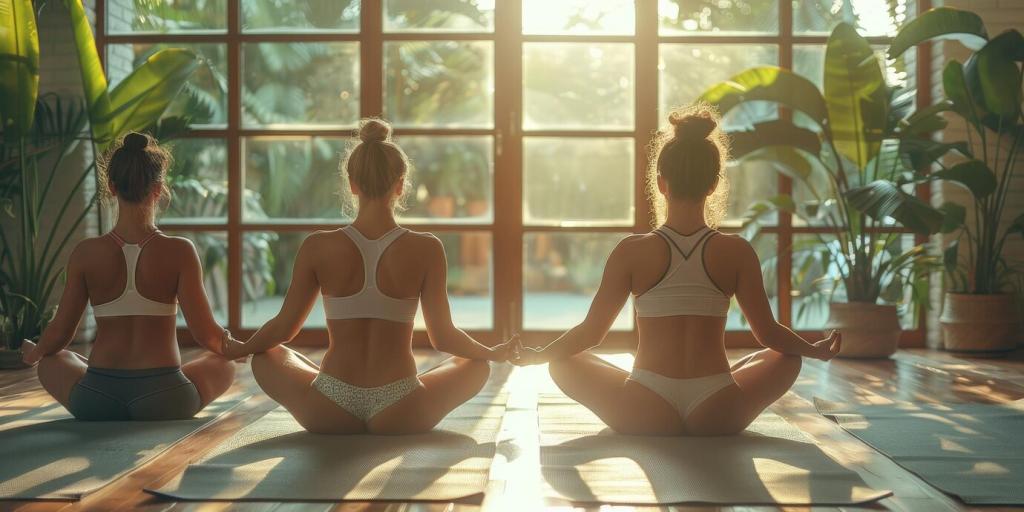
When the diaphragm descends, it massages core organs and signals the vagus nerve, nudging the body toward calm. That subtle shift supports steady strength in challenging poses. Notice how a smooth exhale stabilizes plank, chaturanga, and transitions without unnecessary tension.
The Science Behind Breath-Led Movement
Nasal breathing warms and filters air, encourages efficient oxygen delivery, and supports sustained effort. The quieter, slower airflow can reduce over-breathing and help you pace vinyasa without burning out. Try sealed lips in Sun Salutations, and feel your rhythm stabilize quickly.
The Science Behind Breath-Led Movement
Foundational Techniques to Power Your Practice
Slightly constrict the back of your throat to create a soft ocean sound, guiding pace and presence. Ujjayi gently warms the body, supports core engagement, and anchors attention. Keep the volume friendly, not forced, and let the breath set the tempo of your practice.
Foundational Techniques to Power Your Practice
Match inhale and exhale for equal counts, such as four in, four out. This balanced cadence smooths transitions and quiets mental chatter. Apply it during chair, warrior, or balancing shapes to maintain composure and consistency, especially when muscles fatigue or distractions appear.
Sequencing Vinyasa with the Breath
Inhale to Expand, Exhale to Stabilize
Use inhales to create length in backbends and reaching shapes, and exhales to stabilize in folds, twists, and strength poses. Try inhaling into crescent lunge to grow taller, then exhaling as you twist to engage obliques and support your spine through the rotation.
Micro-Pauses that Protect Joints
Tiny pauses at the top of an inhale can refine alignment before loading. Allow the breath to cue patience, not force. In chaturanga, a steady exhale and a brief moment of stillness help you place shoulders correctly, preserving wrists, elbows, and the integrity of your core line.
Using Breath Cues to Learn New Asanas
Break down complex poses with breathing checkpoints. For crow, inhale to lengthen the spine and prepare, exhale to lift and compress gently. Consistent breath markers create repeatable learning steps. Share what helped you most, and subscribe for weekly breath-led skill progressions.
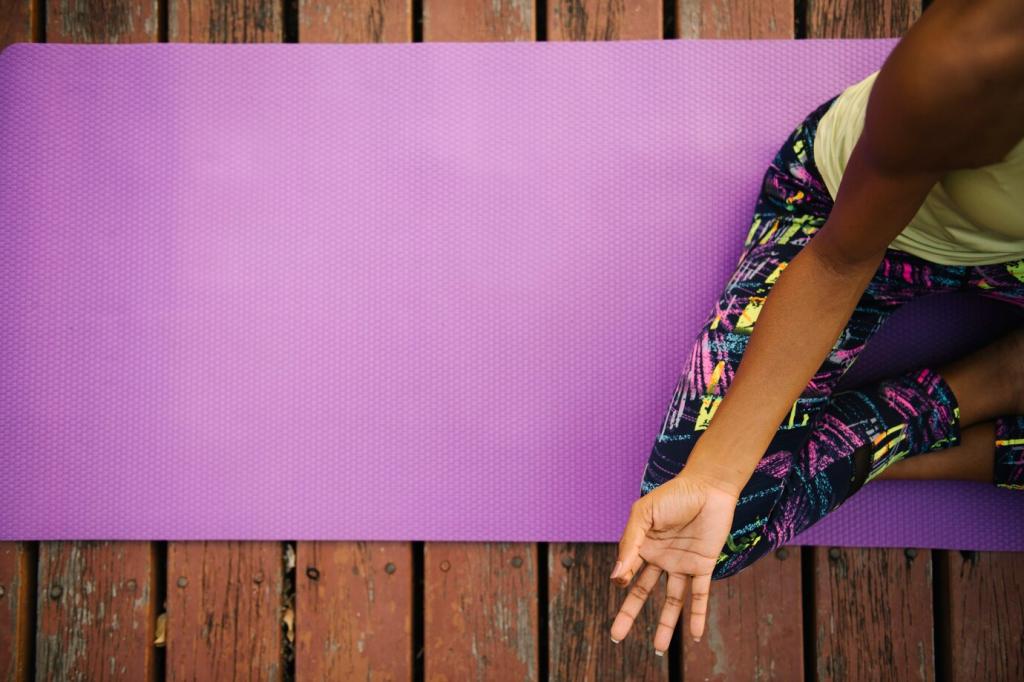
Mindset Shift: From Performing to Listening
After weeks of pushing faster flows, I paused in child’s pose and counted five gentle breaths. The room softened, effort felt kinder, and balance returned. That day, progress meant listening. Have you had a moment like that? Share it and inspire someone’s next practice.
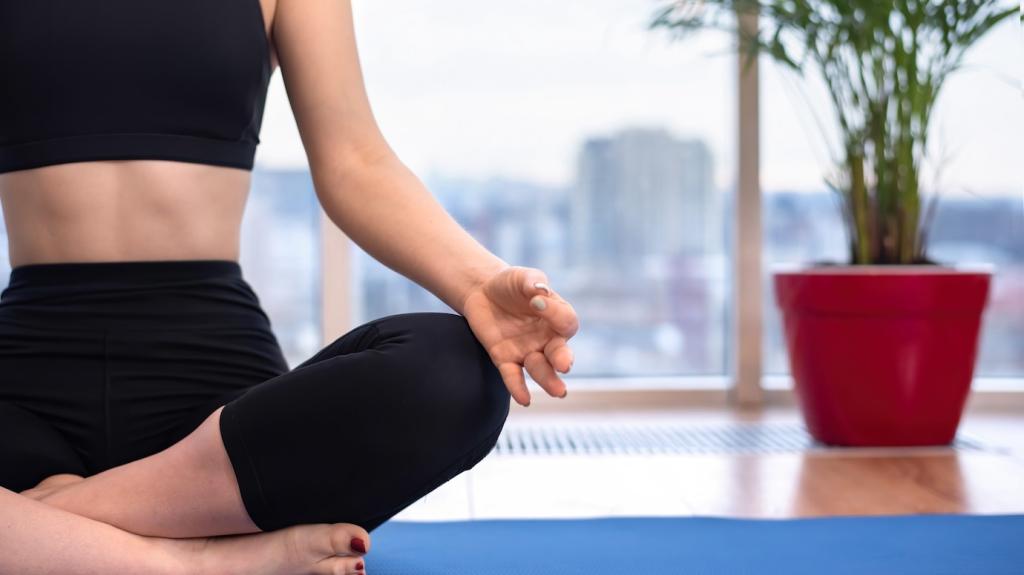
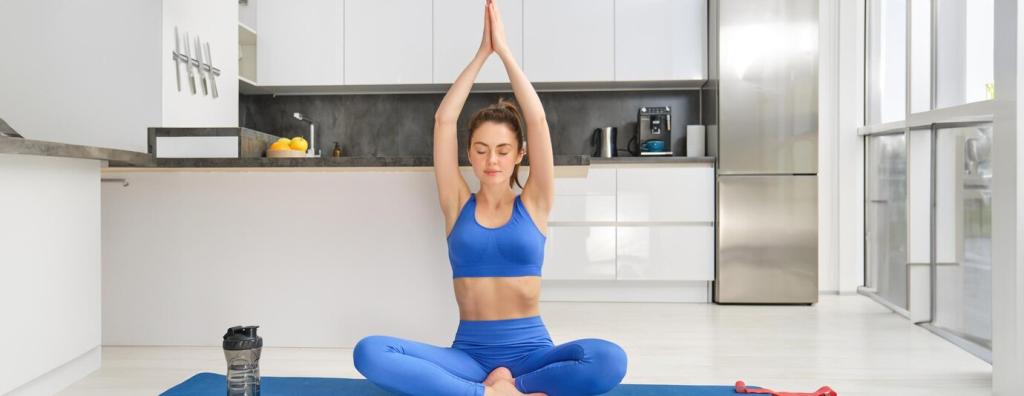
Five-Minute Reset for Busy Days
Stand tall, inhale through the nose for four counts, exhale for six, repeat for one minute. Flow through three slow half sun salutations, staying breath-led. Finish seated with three generous exhales. Bookmark this, practice tomorrow, and tell us how your energy shifted.
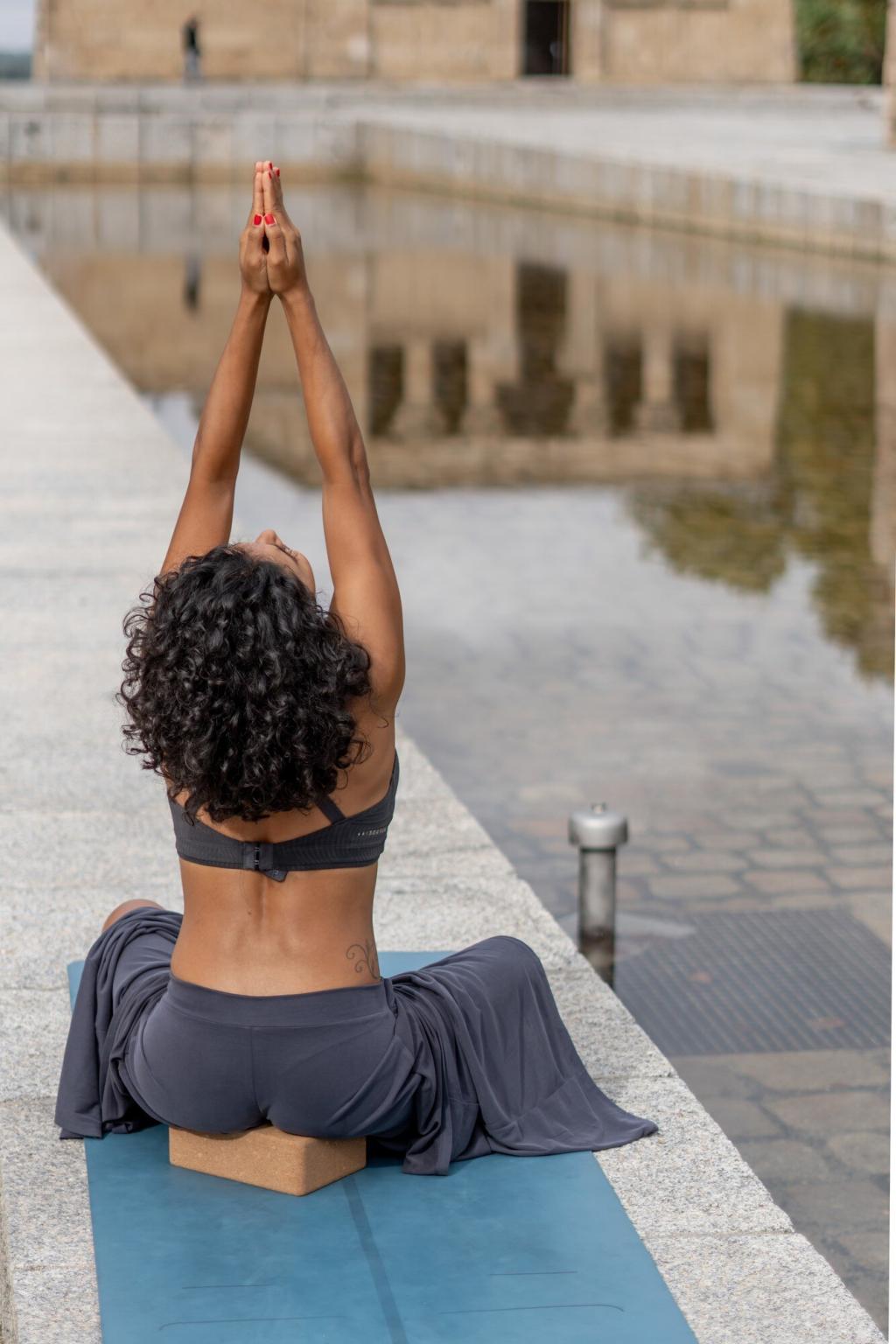
Evening Downshift with Extended Exhales
Before bed, recline with knees supported. Breathe in for four, out for seven or eight if comfortable. Keep shoulders melting and jaw at ease. This gentle rhythm often signals restfulness. Share your sleep results, and subscribe for audio guides to unwind consistently.

Invite Others into Breathful Movement
Host a short, friendly session with a friend or family member: two minutes of even breathing, three simple flows, and a quiet sit. Teaching clarifies your practice and inspires community. Comment with your group’s favorite moment, and join our newsletter for monthly community challenges.
